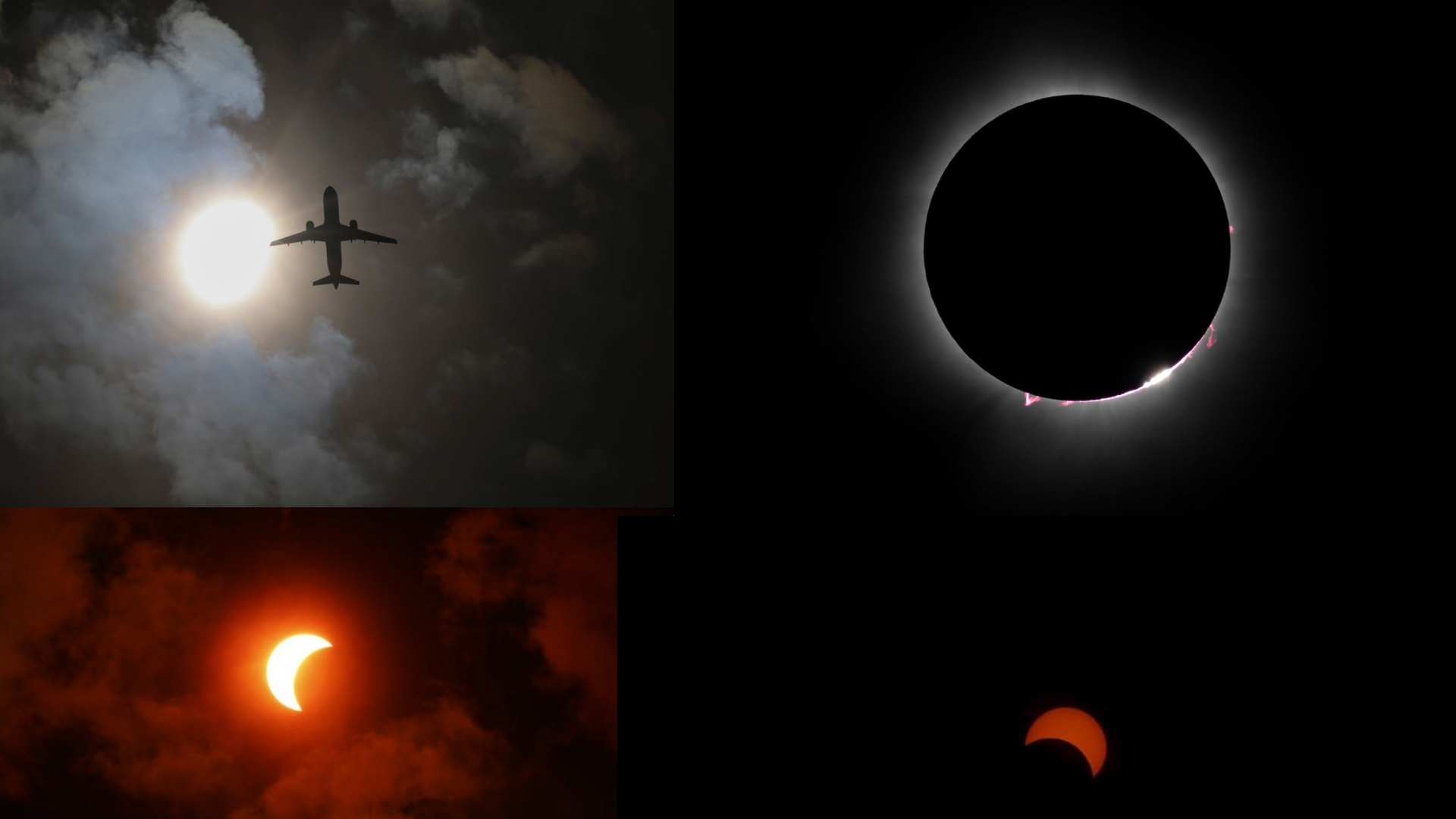Millions of people across parts of Mexico, Canada, and the United States witnessed a rare total solar eclipse on Monday, as the path of totality, where the Moon completely covers the Sun, crossed various cities, igniting excitement across the United States.

(pic credit – REUTERS)
Ever seen a total solar #eclipse from space?
Advertisement · Scroll to continueHere is our astronauts’ view from the @Space_Station pic.twitter.com/2VrZ3Y1Fqz
— NASA (@NASA) April 8, 2024
NASA provided a captivating live stream of the event on its official YouTube channel, allowing viewers to witness the solar eclipse unfold. This was a significant event, as for the first time in nearly a century, the western and northern regions of New York State experienced a total eclipse.
The Mexican beachside resort town of Mazatlan marked the first major viewing spot in North America, while the partial eclipse began in southern Texas near Eagle Pass on the southern border with Mexico, signaling the eclipse’s commencement in the United States.

( pic credit REUTERS – Eagle Pass, Texas, U.S. )
The total solar eclipse of 2024 held historic significance, as it won’t be visible across the contiguous US again until August 2044. Furthermore, an annular eclipse, where the moon cannot entirely block the sun, will not appear across this part of the world until 2046.
According to earlier reports from Media Source , Mexico’s Pacific coast was the first point of totality on the eclipse’s path, expected at 11:07 am local time (2:07 pm ET), with the eclipse projected to conclude on the Atlantic coast of Newfoundland at 5:16 pm local time (3:46 pm ET).
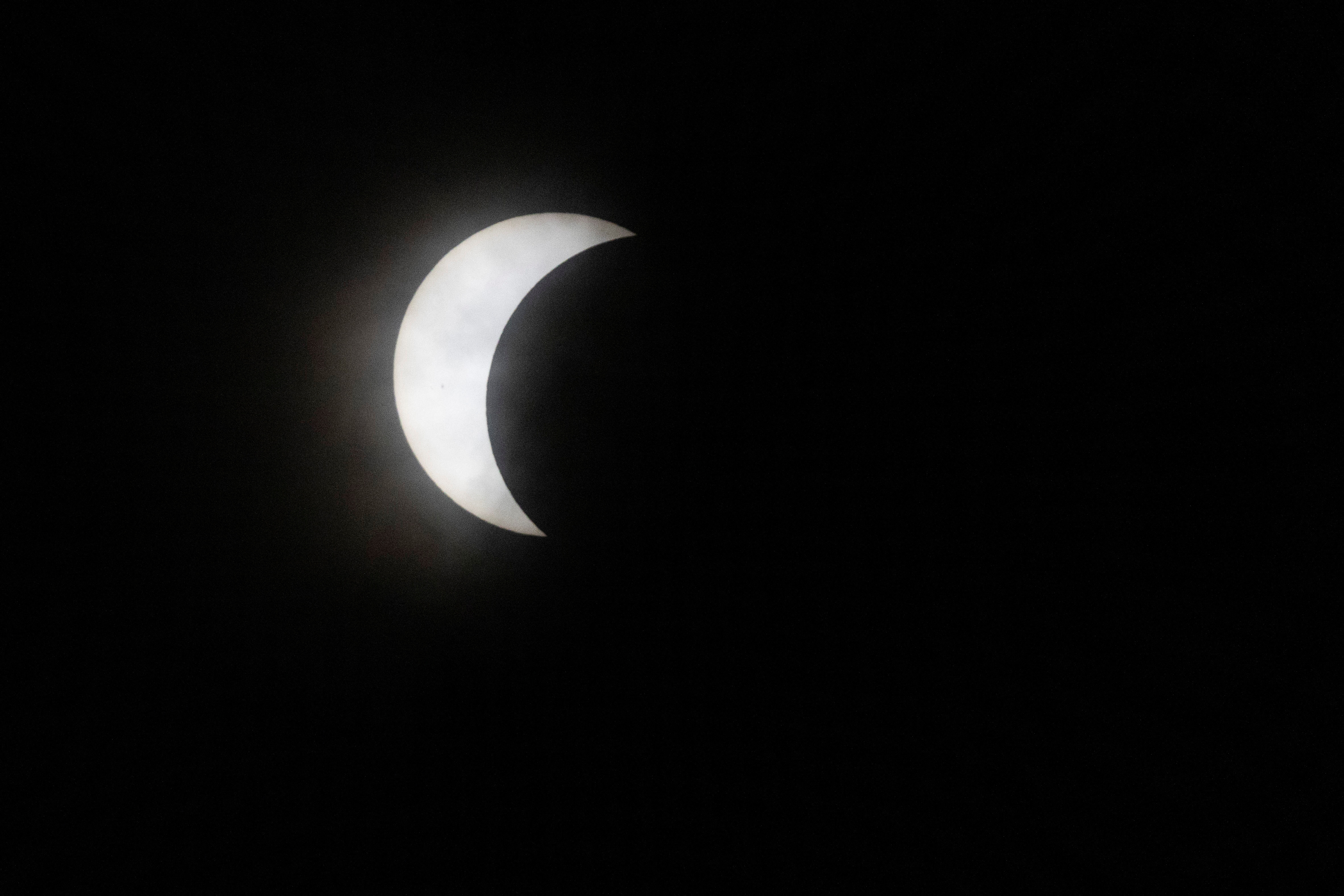
( pic credit REUTERS – Eagle Pass, Texas, U.S. )
Safety was paramount during the eclipse, as NASA emphasized in a post on X, stating, “We want you to watch the total solar #eclipse. We just don’t want it to be the last thing you see.” The space agency reiterated that looking directly at the Sun without specialized eye protection for solar viewing is unsafe.
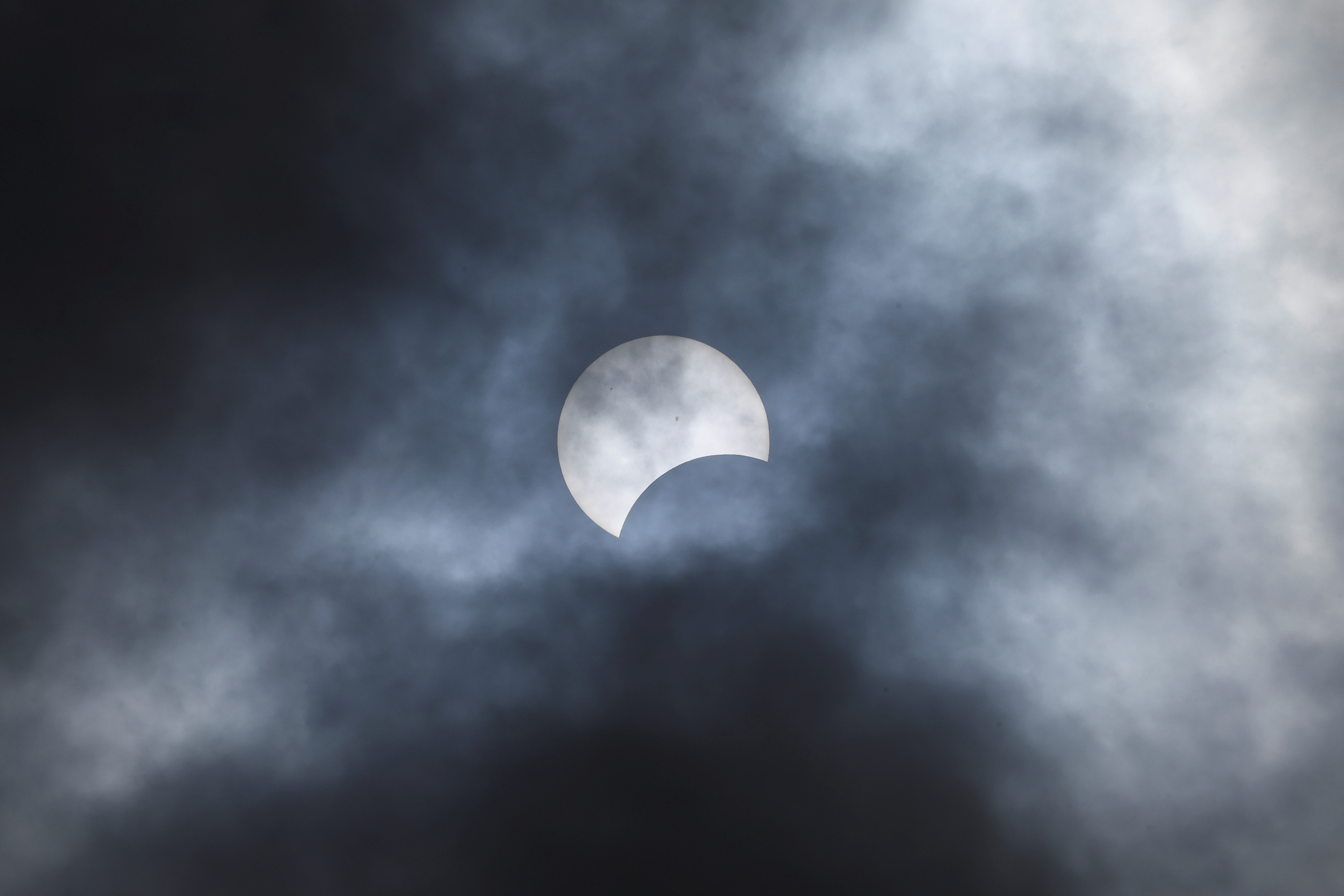
Niagara Falls, New York, U.S. ( pic credit – REUTERS )
“Except during the brief total phase of a total solar eclipse, when the Moon completely blocks the Sun’s bright face, it is not safe to look directly at the Sun without specialized eye protection for solar viewing,” NASA warned.
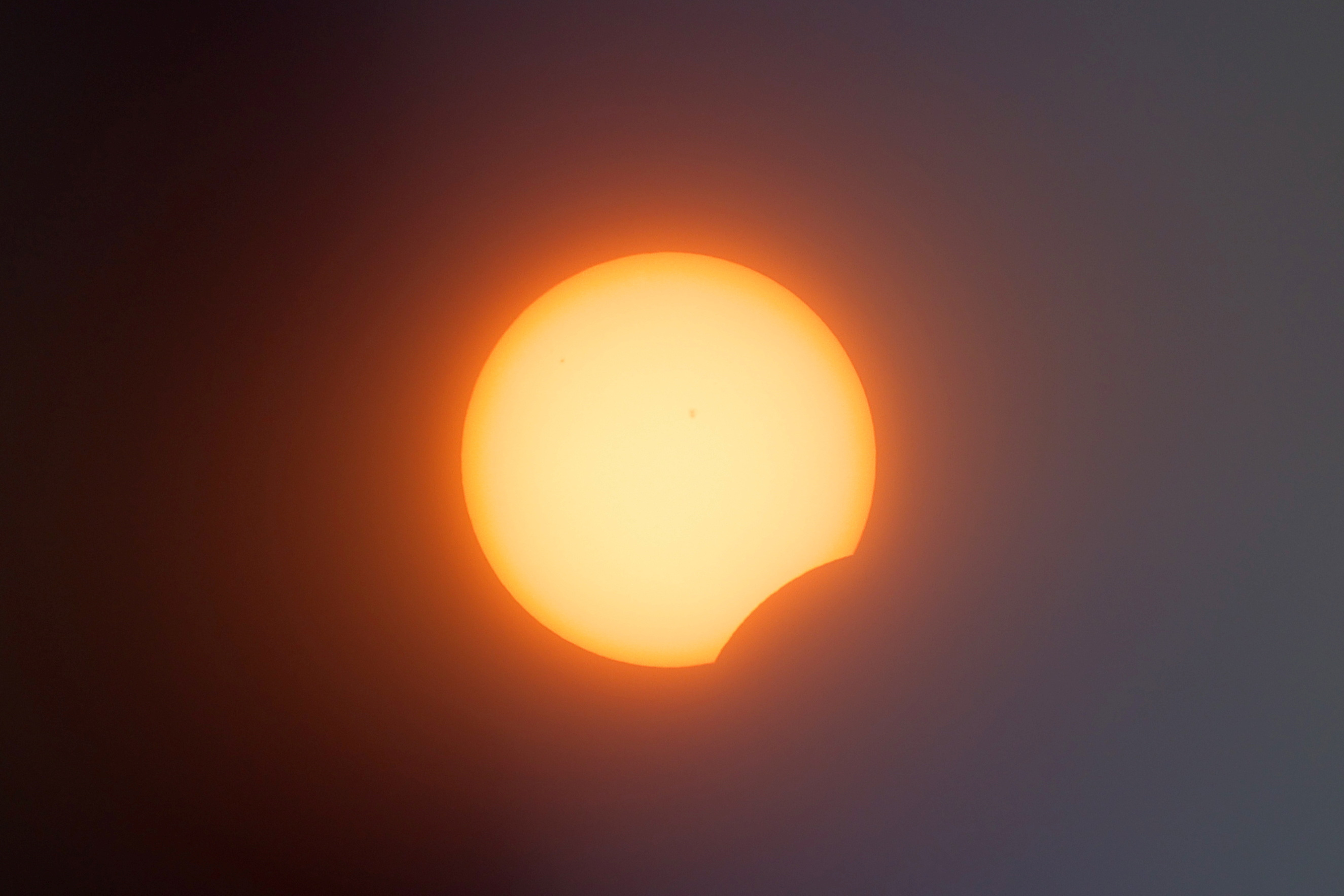
(pic credit – REUTERS)
Viewing any part of the bright Sun through a camera lens, binoculars, or telescope without a special-purpose solar filter secured over the front of the optics could cause severe eye injury. “When watching the partial phases of the solar eclipse directly with your eyes, which happens before and after totality, you must look through safe solar viewing glasses (‘eclipse glasses’) or a safe handheld solar viewer at all times. Eclipse glasses are NOT regular sunglasses; regular sunglasses, no matter how dark, are not safe for viewing the Sun,” NASA added.
NASA further cautioned against looking at the Sun through a camera lens, telescope, binoculars, or any other optical device while wearing eclipse glasses or using a handheld solar viewer, as the concentrated solar rays could burn through the filter and cause serious eye injury.
Additionally, the eclipse had fascinating side-effects on the weather, as reported by Media source . Changes in temperature, wind speed, and humidity occurred as the moon cast a shadow on Earth’s surface during the solar eclipse.
#WATCH | Houlton, Maine: Total Solar eclipse seen in Houlton city of US’ Maine state. #TotalSolarEclipse2024
(Source: NASA) pic.twitter.com/Gd4eZRC9XH
— ANI (@ANI) April 8, 2024
In the path of totality, temperatures dropped by approximately 10 degrees, accompanied by increased humidity, decreased winds, and potential changes in cloud coverage.
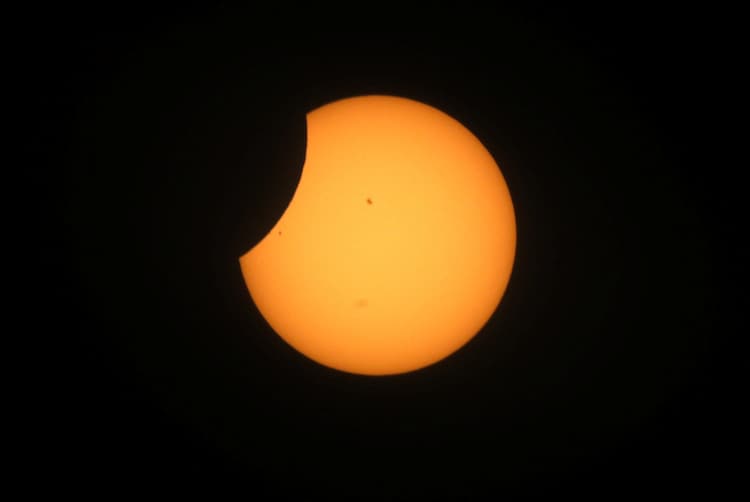
(pic credit – REUTERS)
Scientists took advantage of the eclipse to gain a better understanding of how solar material flows from the sun. Charged particles, or plasma, create space weather that interacts with Earth’s ionosphere, an upper layer of the atmosphere.

(pic credit – REUTERS)
The ionosphere is crucial for low-Earth orbit satellites and radio waves used in GPS and long-distance radio communications. Therefore, dynamic space weather during eclipses can impact these technologies.

Overall, the rare total solar eclipse provided a unique opportunity for both scientific observation and awe-inspiring celestial viewing for millions across North America.



